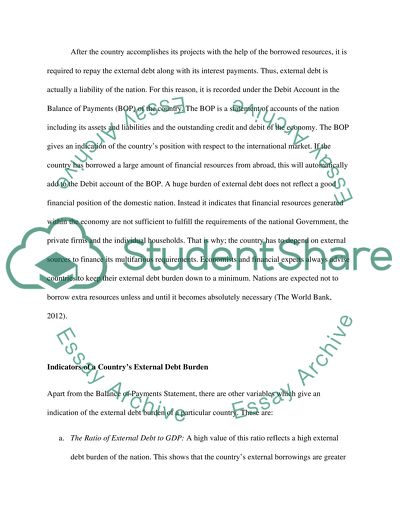Cite this document
(“Problems and prospects of external debt management Essay”, n.d.)
Retrieved from https://studentshare.org/finance-accounting/1440872-problems-and-prospects-of-external-debt-management
Retrieved from https://studentshare.org/finance-accounting/1440872-problems-and-prospects-of-external-debt-management
(Problems and Prospects of External Debt Management Essay)
https://studentshare.org/finance-accounting/1440872-problems-and-prospects-of-external-debt-management.
https://studentshare.org/finance-accounting/1440872-problems-and-prospects-of-external-debt-management.
“Problems and Prospects of External Debt Management Essay”, n.d. https://studentshare.org/finance-accounting/1440872-problems-and-prospects-of-external-debt-management.


